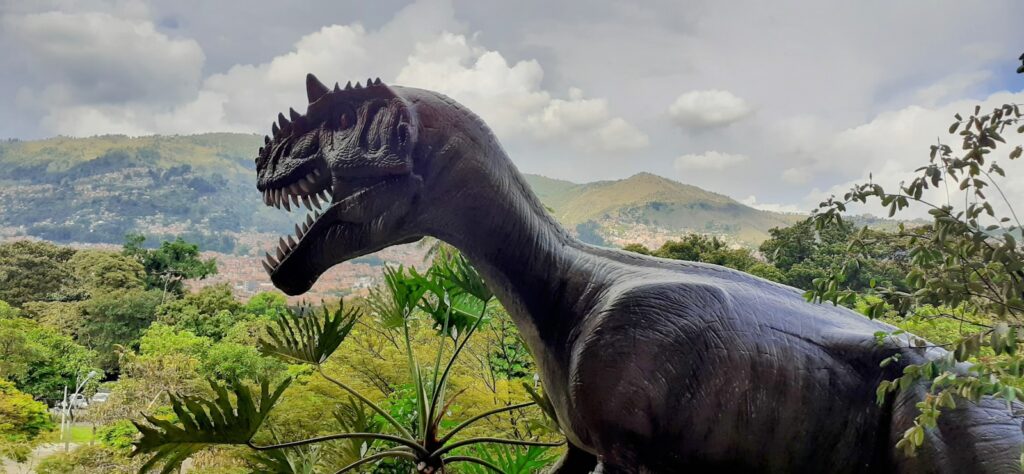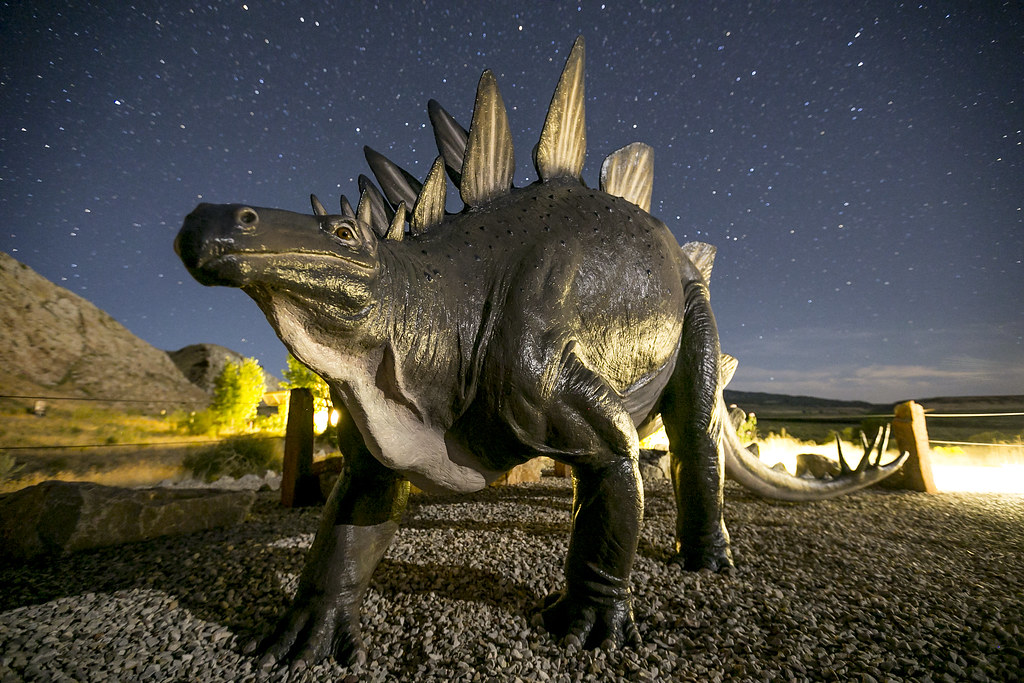Picture this: a young medical student sits at his desk in 1912, his mind wandering from the pages of anatomy textbooks to something far more thrilling. Arthur Conan Doyle had already made his mark with Sherlock Holmes, but now he was about to unleash something completely different upon the world. When “The Lost World” hit the shelves, it didn’t just tell a story—it sparked an entire century of dinosaur fascination that continues to roar through our culture today.
The Birth of Modern Dinosaur Fiction
Before Doyle’s masterpiece, dinosaurs were little more than dusty museum curiosities that captured the imagination of only the most dedicated paleontologists. The Lost World changed everything by transforming these ancient beasts into living, breathing characters in a gripping adventure story. Professor Challenger’s expedition to a remote South American plateau where dinosaurs still roamed wasn’t just entertainment—it was a revolutionary concept that made prehistoric creatures accessible to the masses.
The novel’s genius lay in its perfect timing, arriving just as paleontology was experiencing its golden age of discovery. Doyle cleverly wove real scientific discoveries into his fictional narrative, creating a believable world where the impossible seemed plausible. This blend of science and fantasy became the template that countless dinosaur stories would follow for generations to come.
Scientific Foundation Meets Adventure Storytelling
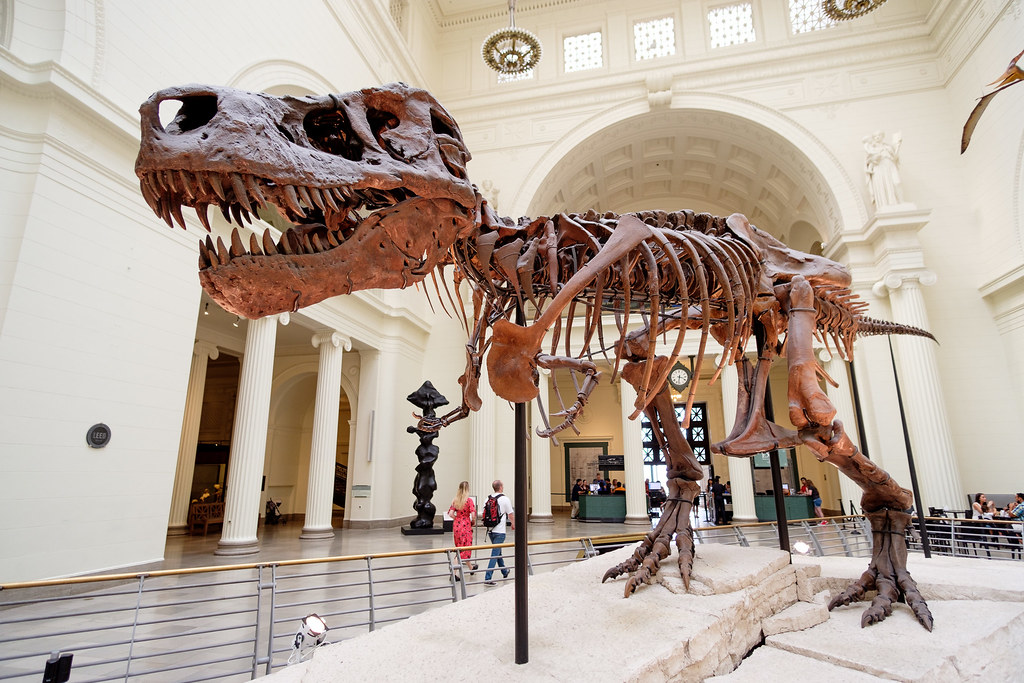
Doyle didn’t just wing it when crafting his prehistoric paradise—he consulted with leading paleontologists of his time, including the renowned Edwin Ray Lankester. This attention to scientific detail set The Lost World apart from pure fantasy and established a new standard for dinosaur fiction. The author’s descriptions of dinosaur behavior, habitat, and anatomy were surprisingly accurate for 1912, showing respect for the emerging science while maintaining narrative excitement.
The book’s scientific credibility gave it staying power that purely fantastical stories lacked. Readers could almost believe that somewhere, in some remote corner of the world, dinosaurs might still exist. This tantalizing possibility of discovery has driven dinosaur storytelling ever since, from King Kong’s Skull Island to Jurassic Park’s genetic resurrection.
Professor Challenger: The Archetypal Dinosaur Explorer
George Edward Challenger was no ordinary Victorian gentleman—he was a bombastic, larger-than-life character who embodied the spirit of scientific adventure. His personality became the template for countless dinosaur-hunting protagonists who followed. The eccentric scientist-explorer who risks everything for knowledge became a staple character type that we still see in modern dinosaur media.
Challenger’s approach to dinosaur encounters was revolutionary for its time. Instead of simply cataloging specimens, he interacted with living dinosaurs as dynamic creatures with their behaviors and personalities. This characterization of dinosaurs as more than just monsters laid the groundwork for how we portray them in everything from documentaries to blockbuster films.
The Visual Revolution in Dinosaur Media
The Lost World’s impact extended far beyond literature when it became one of the first major motion pictures to feature dinosaurs in 1925. Willis O’Brien’s groundbreaking stop-motion animation brought Doyle’s creatures to life in ways that had never been seen before. The film’s success proved that audiences had an insatiable appetite for dinosaur stories, setting the stage for an entire industry built around prehistoric entertainment.
O’Brien’s techniques directly influenced every dinosaur movie that followed, from his work on King Kong to the modern CGI spectacles of today. The visual language he developed for depicting dinosaur movement and behavior became the standard that filmmakers still reference. This marriage of literary imagination and visual innovation created a new form of storytelling that continues to evolve.
The Psychology of Dinosaur Fascination
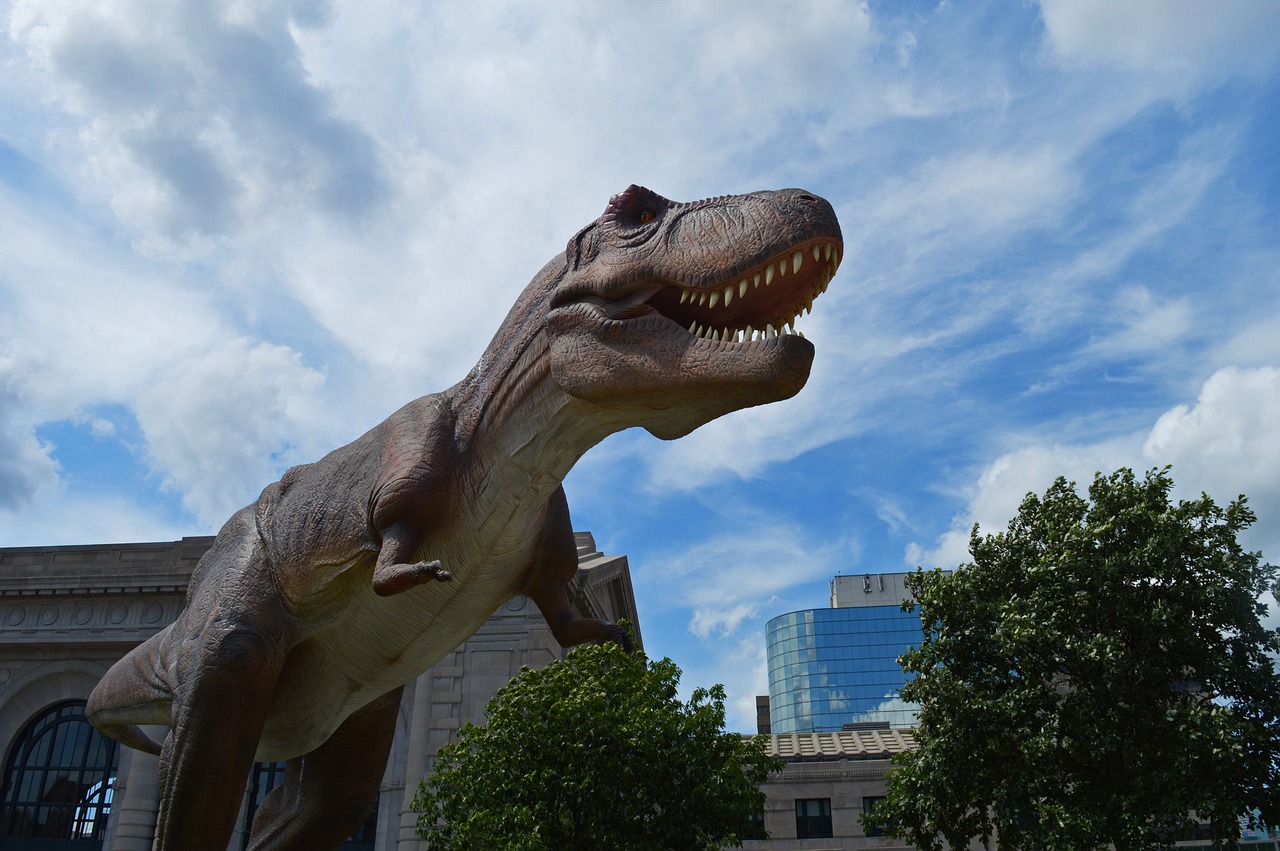
Why do dinosaurs captivate us so completely? The Lost World tapped into something primal in human nature—our fascination with the unknown and our desire to conquer the unconquerable. Dinosaurs represent the ultimate “what if” scenario, creatures so alien to our experience yet so tantalizingly real. Doyle understood that dinosaurs weren’t just animals; they were symbols of mystery, power, and the vast unknown.
The psychological impact of The Lost World went beyond simple entertainment. It awakened a generation to the wonders of paleontology and natural history. Museums reported increased interest in dinosaur exhibits, and children began dreaming of becoming paleontologists. This educational aspect of dinosaur storytelling remains one of its most valuable contributions to popular culture.
From Literature to Hollywood Blockbusters
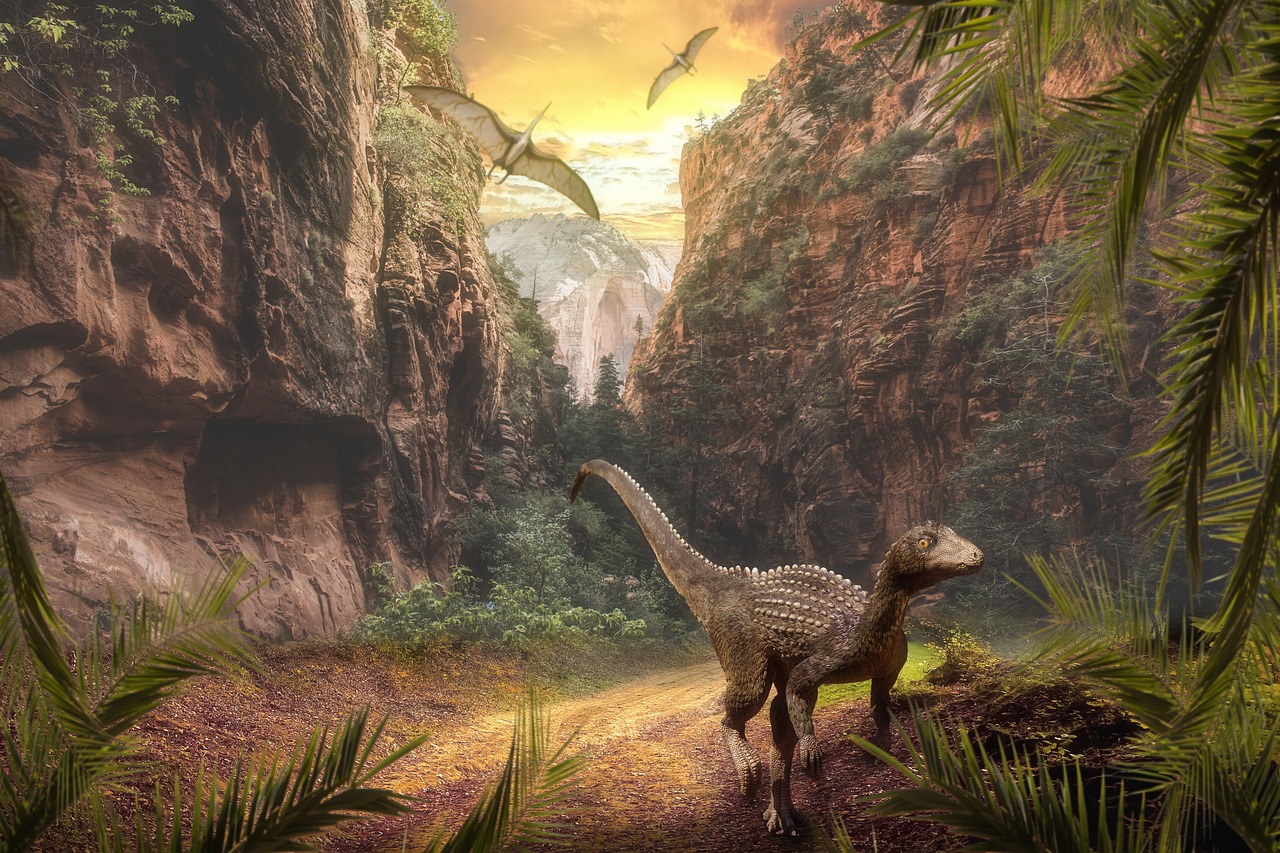
The path from The Lost World to Jurassic Park wasn’t just evolution—it was a revolution in how we tell dinosaur stories. Steven Spielberg openly acknowledged Doyle’s influence on his prehistoric thriller, particularly the concept of bringing dinosaurs into the modern world. The core premise of isolated dinosaur populations surviving in secret locations became the foundation for countless films, books, and TV shows.
Hollywood’s love affair with dinosaurs can be traced directly back to Doyle’s original vision. The template of scientists discovering living dinosaurs, the tension between scientific wonder and survival instinct, and the ultimate question of humanity’s place in nature—all these elements first appeared in The Lost World. Modern blockbusters simply updated the technology while keeping the emotional core intact.
The Scientific Accuracy Evolution
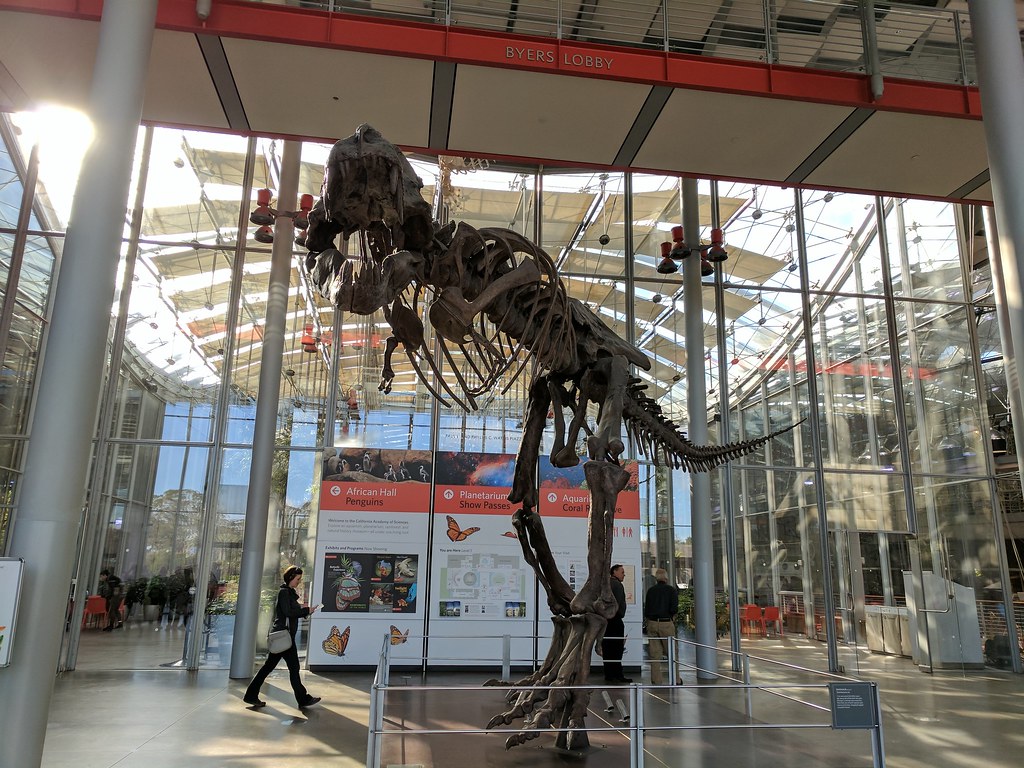
One of the most fascinating aspects of The Lost World’s legacy is how it encouraged scientific accuracy in dinosaur storytelling. While Doyle’s understanding of dinosaur behavior was limited by early 20th-century knowledge, his commitment to research set a precedent. Modern dinosaur stories, from Walking with Dinosaurs to Prehistoric Planet, continue this tradition of consulting with leading paleontologists.
The relationship between science and storytelling has become increasingly sophisticated since Doyle’s time. Today’s creators have access to detailed biomechanical studies, behavioral analyses, and even color reconstructions that would have amazed the original author. Yet the fundamental approach—respecting the science while crafting compelling narratives—remains unchanged.
The Adventure Genre Template
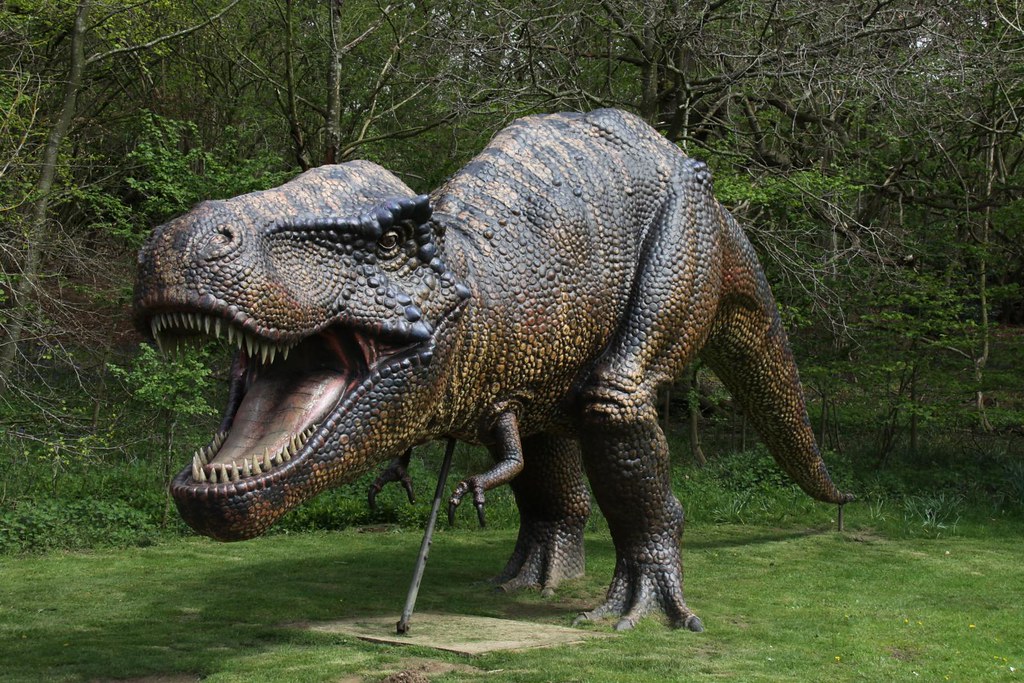
The Lost World didn’t just influence dinosaur stories—it created the entire template for adventure fiction set in prehistoric worlds. The isolated location, the diverse group of explorers, the dangerous journey, and the ultimate question of whether to reveal the discovery to the world—these elements became the blueprint for countless adventure stories. From Edgar Rice Burroughs’ Pellucidar series to modern survival thrillers, the influence is unmistakable.
The structure of The Lost World has proven remarkably durable across different media formats. Video games, comic books, and even theme park attractions all draw from Doyle’s original narrative framework. The story’s emphasis on exploration, discovery, and survival resonates with audiences regardless of technological advances or changing cultural contexts.
Children’s Literature and Educational Impact
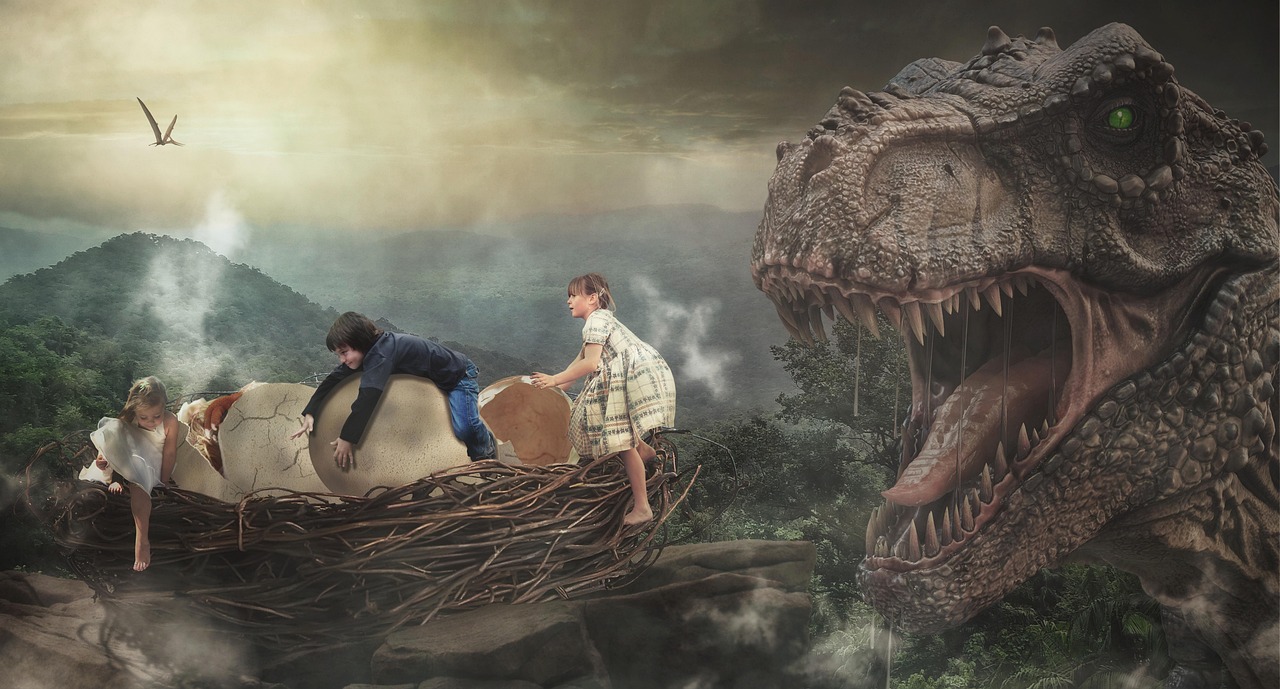
Perhaps nowhere is The Lost World’s influence more profound than in children’s literature and education. The book inspired generations of young readers to pursue careers in paleontology, geology, and related sciences. Children’s dinosaur books, from simple picture books to complex educational series, all trace their lineage back to Doyle’s original adventure.
The educational value of dinosaur storytelling, first demonstrated in The Lost World, continues to be a powerful tool for teaching everything from evolution to environmental science. Modern educators use dinosaur narratives to engage students in subjects that might otherwise seem dry or abstract. The excitement of discovery that Doyle captured so effectively remains one of the most effective ways to inspire scientific curiosity.
The Monster Movie Legacy
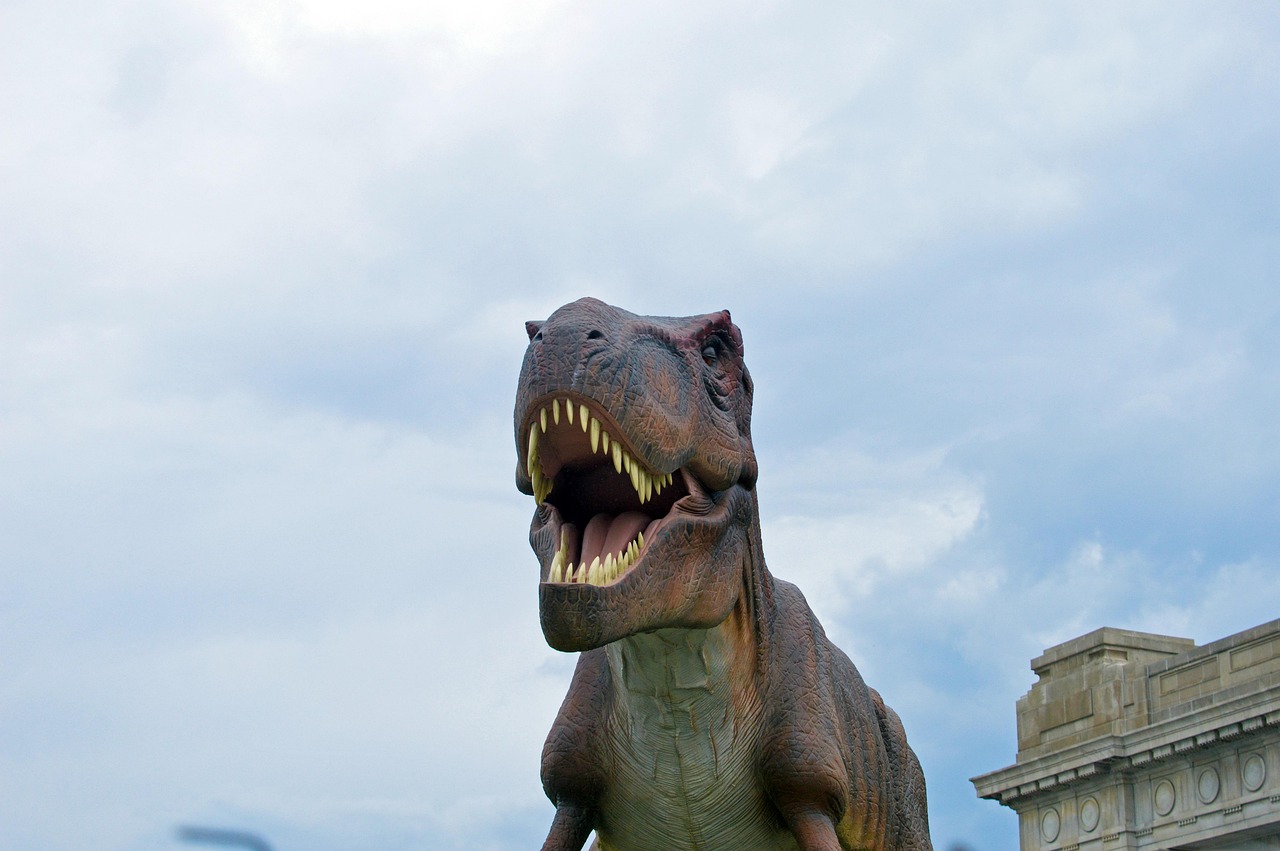
The Lost World’s portrayal of dinosaurs as both magnificent and terrifying creatures laid the groundwork for the entire monster movie genre. The film’s depiction of dinosaurs rampaging through London became the template for countless “giant creature” movies that followed. From Godzilla to modern kaiju films, the DNA of Doyle’s original story can be found in every monster that threatens civilization.
The psychological impact of seeing familiar prehistoric creatures in contemporary settings created a new kind of horror that was both thrilling and educational. Audiences could experience the terror of facing a T-Rex while simultaneously learning about these ancient predators. This combination of entertainment and education became a hallmark of quality dinosaur media.
Documentary and Nature Programming Influence
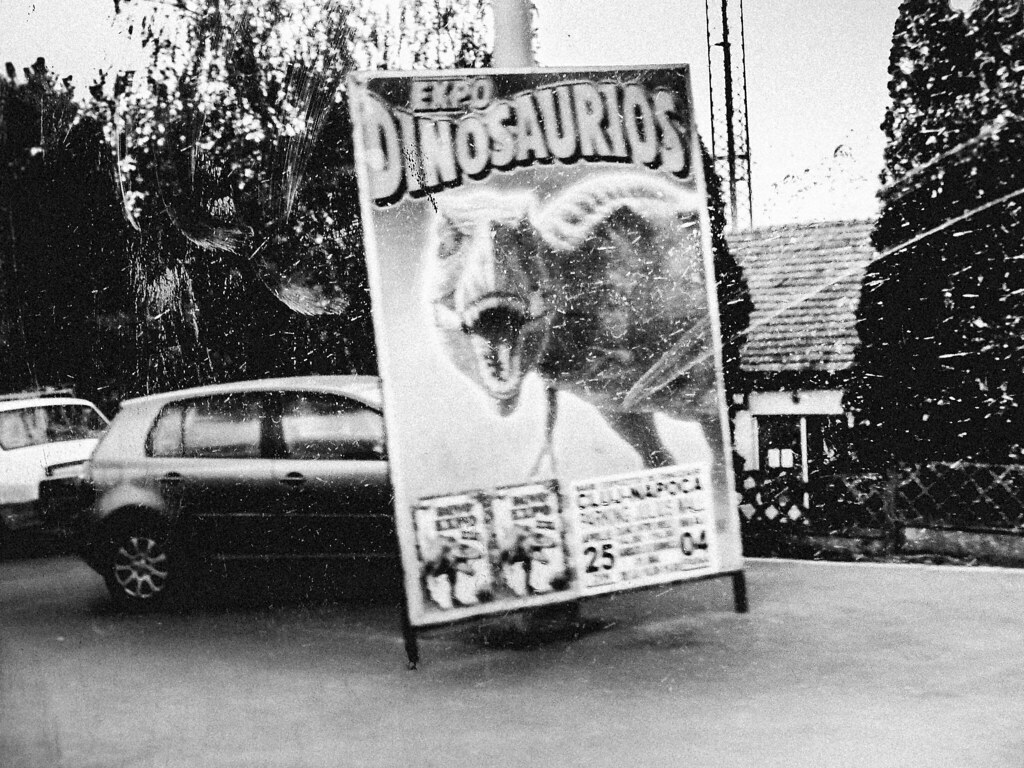
The respectful, scientific approach to dinosaur behavior pioneered in The Lost World directly influenced the development of nature documentaries featuring prehistoric life. When David Attenborough and the BBC created Walking with Dinosaurs, they were following in Doyle’s footsteps by treating dinosaurs as real animals rather than movie monsters. The naturalistic approach to dinosaur behavior seen in modern documentaries can be traced back to Challenger’s scientific observations.
Today’s prehistoric documentaries combine cutting-edge science with compelling storytelling in ways that would have delighted Doyle. Programs like Planet Dinosaur and Prehistoric Planet use the same narrative techniques that made The Lost World so compelling—focusing on individual dinosaurs’ stories while maintaining scientific accuracy. The educational impact of these productions continues to inspire new generations of paleontologists and nature enthusiasts.
The Theme Park Revolution
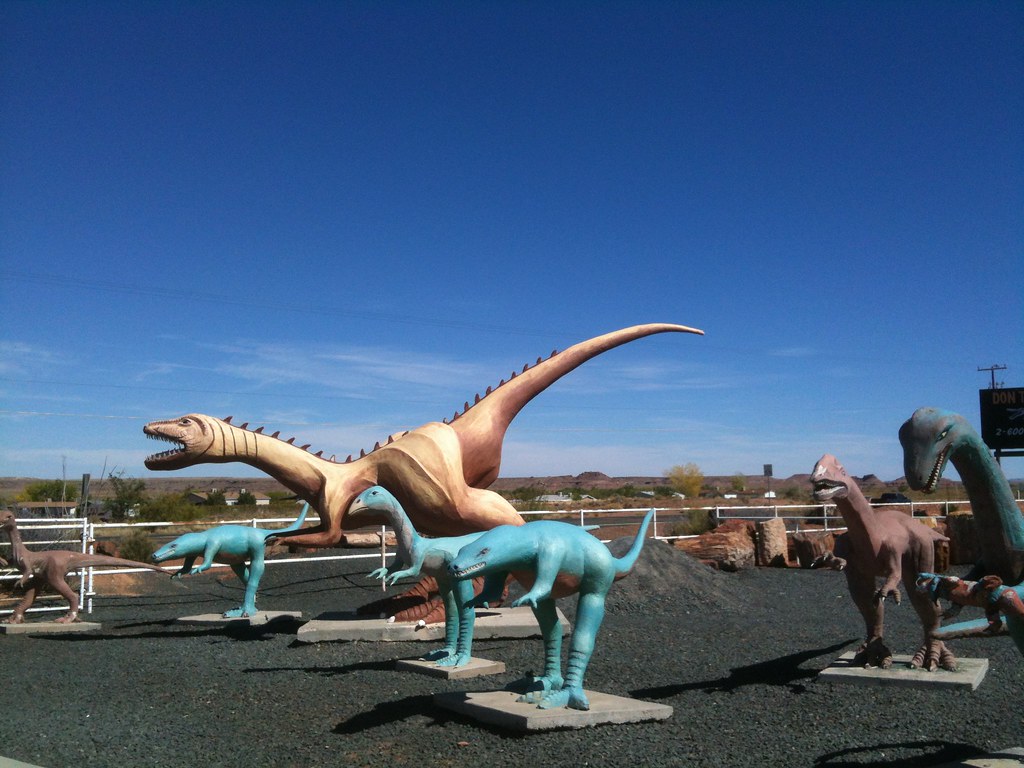
The immersive world-building of The Lost World directly inspired the creation of dinosaur-themed attractions and eventually entire theme parks. Walt Disney’s plans for a prehistoric section of Disneyland drew heavily from Doyle’s vision of encountering living dinosaurs in their natural habitat. The success of Jurassic Park both as a film and a theme park attraction proved that audiences craved the full sensory experience that Doyle had originally described in words.
Modern theme parks use advanced animatronics and virtual reality to create dinosaur encounters that Doyle could never have imagined, yet the emotional core remains the same. The sense of wonder, the educational opportunity, and the thrill of coming face-to-face with prehistoric giants all stem from the original Lost World experience. These attractions continue to be among the most popular features at theme parks worldwide.
Digital Media and Gaming Evolution
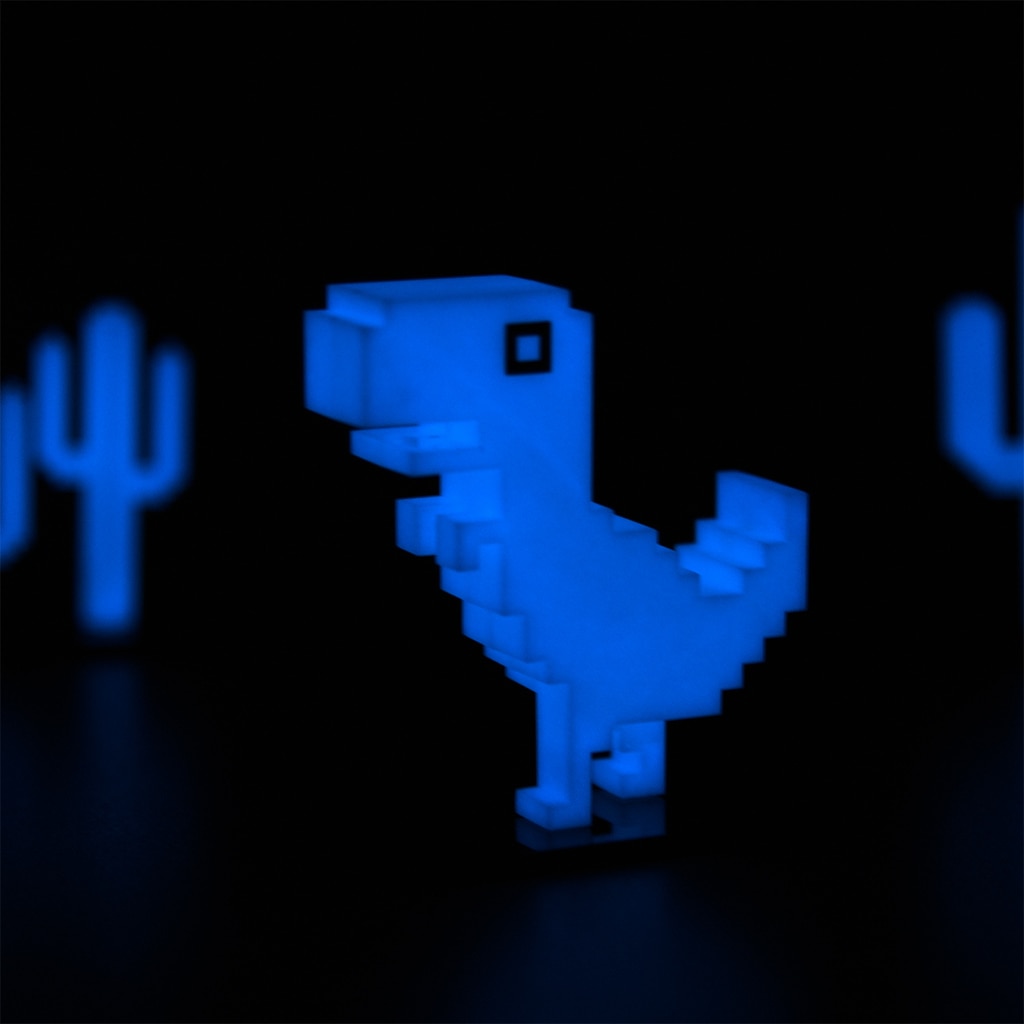
The interactive nature of modern media has allowed creators to explore The Lost World’s concepts in entirely new ways. Video games like ARK: Survival Evolved and the Jurassic World franchise allow players to experience dinosaur encounters from a first-person perspective, fulfilling the ultimate Lost World fantasy. These games often combine survival elements with educational content, maintaining the balance between entertainment and learning that Doyle established.
The rise of virtual and augmented reality has opened even more possibilities for dinosaur storytelling. Modern technology can create prehistoric worlds that are more immersive than anything Doyle could have imagined, yet the fundamental appeal—the chance to explore an ancient world filled with magnificent creatures—remains the same. Digital media has democratized the Lost World experience, making it accessible to anyone with a smartphone or computer.
The Environmental Message Evolution

While The Lost World was primarily an adventure story, it contained subtle environmental themes that have become increasingly relevant in modern dinosaur narratives. The question of whether humanity has the right to disturb pristine ecosystems, and the consequences of our interference with nature, runs through much of contemporary dinosaur fiction. Climate change and extinction themes in modern stories often reference the mass extinction that ended the dinosaurs’ reign.
Modern dinosaur stories frequently use prehistoric creatures as metaphors for environmental destruction and species conservation. The Lost World’s portrayal of an isolated ecosystem threatened by human intrusion has become a powerful symbol for our planet’s fragile biodiversity. This environmental consciousness has elevated dinosaur storytelling from simple entertainment to important cultural commentary.
Conclusion

The Lost World’s impact on popular culture extends far beyond what even Arthur Conan Doyle could have imagined when he penned his prehistoric adventure. From the first stop-motion dinosaurs flickering on silent movie screens to the photorealistic creatures stalking across modern IMAX theaters, every dinosaur story owes a debt to Doyle’s original vision. The book didn’t just tell a story—it created an entire genre that continues to evolve and inspire new generations of storytellers, scientists, and dreamers.
What makes The Lost World’s influence so enduring is its perfect balance of scientific wonder and human emotion. Doyle understood that dinosaurs weren’t just fascinating because they were big and scary—they were captivating because they represented our deepest questions about life, death, and our place in the natural world. This philosophical depth, combined with thrilling adventure, created a template that remains as powerful today as it was over a century ago. What other century-old story continues to shape how we dream about the past and imagine the future?


